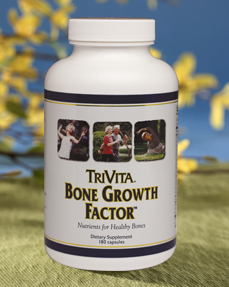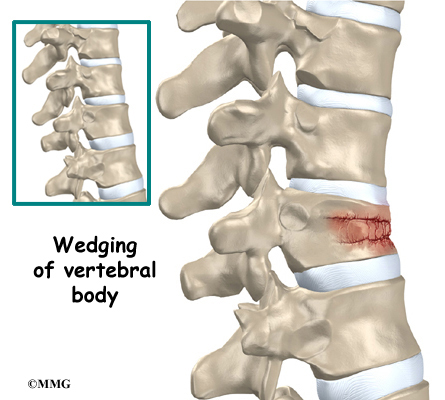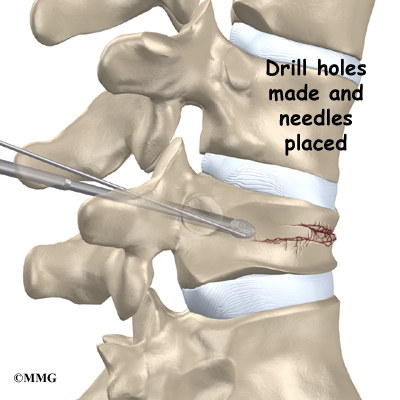PROSTABLOG NZ: Moustaches or blue paint? What works best when it comes to helping prostate cancer patients?
This may be a dilemma for NZ’s generous public as two Australian-based marketing organisations go up against one another in annual Kiwi campaigns to get attention – and money – for the world’s most devious killer of men.
One (MWC Media) has just completed Blue September, which has just run for the second time here.
Seemingly unique to NZ and Australia, Blue September uses celebrities, blue paint on faces, clever branding, media events and photo-ops to raise the profile of the Prostate Cancer Foundation of NZ, a bunch of mostly volunteer prostate cancer survivors and their families.
The other is Movember. It hooked up with the Foundation in 2006 and in two years raised it more $2 million, but in 2008 switched its benevolent aim to the Cancer Society of NZ and the Mental Health Foundation.
Also big in the US, Canada and the UK, Movember is in the process of launching once again for next month.
This week, it got national and web attention with the announcement of a survey it had done on how poorly men look after their health (no details of the sample size, who did the survey, etc, were released, going by the media reports).
Movember began as the 2003 brainwave of four Aussie blokes and has since grown into a global operation which raises funds for the US Prostate Cancer Foundation, the Prostate Cancer Charity in Britain, and the Cancer Council in Australia.
Australia and NZ seem to be the only countries where there are two prostate awareness campaigns running closely together (separated by October).
Who raises what, who gets the money and what’s it spent on?
This writer knows the answers so far as the NZ Prostate Cancer Foundation is concerned (I was a board member for a couple of month).
They were published here in August, when we provided an account of the foundation’s annual results released at its annual meeting in late July.
What about the Cancer Society of NZ, the 50% beneficiary of Movember (it’s unclear how the Mental Health Foundation got into the act, but we have asked Movember. There has been a delay because earlier this month its NZ website was not working)?
Some questions were put to Dalton Kelly, the Cancer Society’s CEO, who readily provided detailed answers today.
Here’s what we asked, and here’s what he said:
Hello Jim – thank you for your email.
We are very happy to share our involvement with Movember and the funding we have received from them. We have very detailed project plans and accounting processes, which we use to report back to Movember on a regular basis, so I can do this straight away for you.
How much did the Cancer Society receive from the Movember organisers last year?
The Cancer Society received 50% of funds raised from the 2008 Movember Campaign. The Mental Health Foundation was the recipient of the other 50%.
What was that money spent on?
The money was divided into a three-way split – one third research, one third for regional projects and one third for national projects.
The research share was awarded in our last grants round to two projects:
To improve the health and quality of life of prostate cancer patients on androgen deprivation therapy by programmed physical activity
Dr Justin Keogh and Dr Daniel Shepherd, School of Sport and Recreation, AUT University, Auckland. Money from this grant round will be used by the investigator to explore how to best get men with prostate cancer into exercise programmes and how they may stay in it. Men on hormone treatment for prostate cancer lose some strength and exercise may reverse this.
RADAR prostate cancer trial
The biggest prostate cancer trial in Australasia has been running since 2007. Associate Professor David Lamb, based in Wellington, is investigating how long to use hormone therapy in prostate cancer, and whether the side effectives of treatment (osteoporosis) could be reduced by the use of bone-hardening drugs (bisphosphonates).
So far the regional budget has been awarded to eight regional projects:
- Field Days – men’s health with a focus on prostate cancer – Waikato.
- Developing a resource being a hardware education tool for prostate cancer – Central Districts.
- Men’s Health Challenge brochure delivered to the RFU – Taranaki Centre.
- Workplace-based men’s health initiative with a focus on prostate cancer (with an intention it will be developed into a national model) – Wellington
- A prostate cancer support project to visit rural areas using kaumatua who have had prostate cancer to talk to the men/women and also a project with all the Rotary Clubs focusing on prostate cancer – Gisborne/East Coast.
- What do men want? A series of focus groups asking men about how they want information about prostate cancer delivered to them – booklets, advertising, and also reviewing the Cancer Society’s current prostate cancer literature for suitability – Auckland.
- Hawkes Bay A&P Show – Men’s Warrant of fitness
National Office has spent some of its allocation on the Men’s Health Challenge – targeting organisations such as the Defence Forces, Fire and Police Service where the employees are largely men.
What proportion was spent on prostate cancer?
All the money has been spent on prostate cancer in the sense that all the projects have a focus on prostate cancer and there is a component in every activity addressing prostate cancer.
In addition the projects promote reducing risks behaviours – such as not smoking, eating well and exercising -as we see these as an important aspect of public education.
What amount do you expect to receive this year?
We don’t really have any idea – we have not made any projections.
What will this year’s proceeds be spent on?
We plan to repeat the exercise of one third to research, one third to regional projects (which there will be a grant round again for) and one third to developing national programmes and resources focusing on prostate Cancer
What proportion of the overall sum raised by Movember is given to your society?
Once expenses are taken out, the Cancer Society receives half the money in conjunction with the Mental Health Foundation.
How much did the society receive from the Rowing For Prostate team in the Indian Ocean Rowing Race? I understand you agreed to be a beneficiary of that. The team apparently raised 24,000 pounds for the UK Prostate Cancer Charity.
The Rowing for Prostate Team approached the Cancer Society of New Zealand to ask us to be a beneficiary for this fundraiser in New Zealand.
Initially, as was Movember, the Rowing for Prostate team had aligned itself to the Prostate Cancer Foundation. Both organisations found it very difficult to work with the Prostate Cancer Foundation and approached us instead.
We felt the project had a great deal of merit in that the boys were very high profile, committed to spreading the word about prostate cancer and were good role models in terms of living healthy lives.
At this stage we do not know the amount we will receive from this fundraising event.
On this last question – how much came from the four English expats living in NZ who made up the Rowing For Prostate (RFP) team – Prostablog can assist to a small degree.
We found an English fundraising organisation called Just Giving that handled the RFP fundraising, which involved some radio stations in Auckland and a Rowing For Prostate website (now gone).
It says the rowers’ target was £24,000.00 ($NZ51,827.43), its main beneficiary is the UK Prostate Cancer Charity, and the target was slightly exceeded (£24,145.03 raised so far).
Prostablog has emailed the website to ask how much of the money is coming back to the NZ Cancer Society, but so far there is no reply.
A similar request made to the organisers of the Indian Ocean Rowing Race referred us to the Rowing For Prostate team, but our inquiry some weeks ago has drawn no response.
 So what are spent hens? Good question. Spent hens are laying hens that no longer produce eggs. Once they stop producing they are of no use to the producer; they are simply a living, breathing financial liability. Commercial laying hens spend their lives crammed into tiny battery cages unable to walk freely. As a result they suffer from osteoporosis. These brittle bones prevent them from retiring to a farm in the country. They simply would not survive.
So what are spent hens? Good question. Spent hens are laying hens that no longer produce eggs. Once they stop producing they are of no use to the producer; they are simply a living, breathing financial liability. Commercial laying hens spend their lives crammed into tiny battery cages unable to walk freely. As a result they suffer from osteoporosis. These brittle bones prevent them from retiring to a farm in the country. They simply would not survive.

 First, a look at just what osteoporosis is, and who it strikes. This “silent disease” has no outward symptoms: it gradually steals mass and strength from bones, leaving them porous and weakened. Its main targets? The hip, spine and wrist.The damage leaves victims vulnerable to falls and fractures, and that can lead to even more scary situations – including death. While “the bone thief” can attack people of any age and either gender,women and mature adults are most likely to be affected. Osteoporosis is not an inevitable part of aging, and it is a big deal.
First, a look at just what osteoporosis is, and who it strikes. This “silent disease” has no outward symptoms: it gradually steals mass and strength from bones, leaving them porous and weakened. Its main targets? The hip, spine and wrist.The damage leaves victims vulnerable to falls and fractures, and that can lead to even more scary situations – including death. While “the bone thief” can attack people of any age and either gender,women and mature adults are most likely to be affected. Osteoporosis is not an inevitable part of aging, and it is a big deal.
 Osteoporosis Fractures: Severe osteoporosis can lead to compression fractures of the spine, often in the mid-back. (See illustration to the left) Note that its the part under the disc, the vertebral body, not the rear part that causes paralysis. However it is painful and leads to a humpbacked posture (hyerkyphosis).
Osteoporosis Fractures: Severe osteoporosis can lead to compression fractures of the spine, often in the mid-back. (See illustration to the left) Note that its the part under the disc, the vertebral body, not the rear part that causes paralysis. However it is painful and leads to a humpbacked posture (hyerkyphosis).